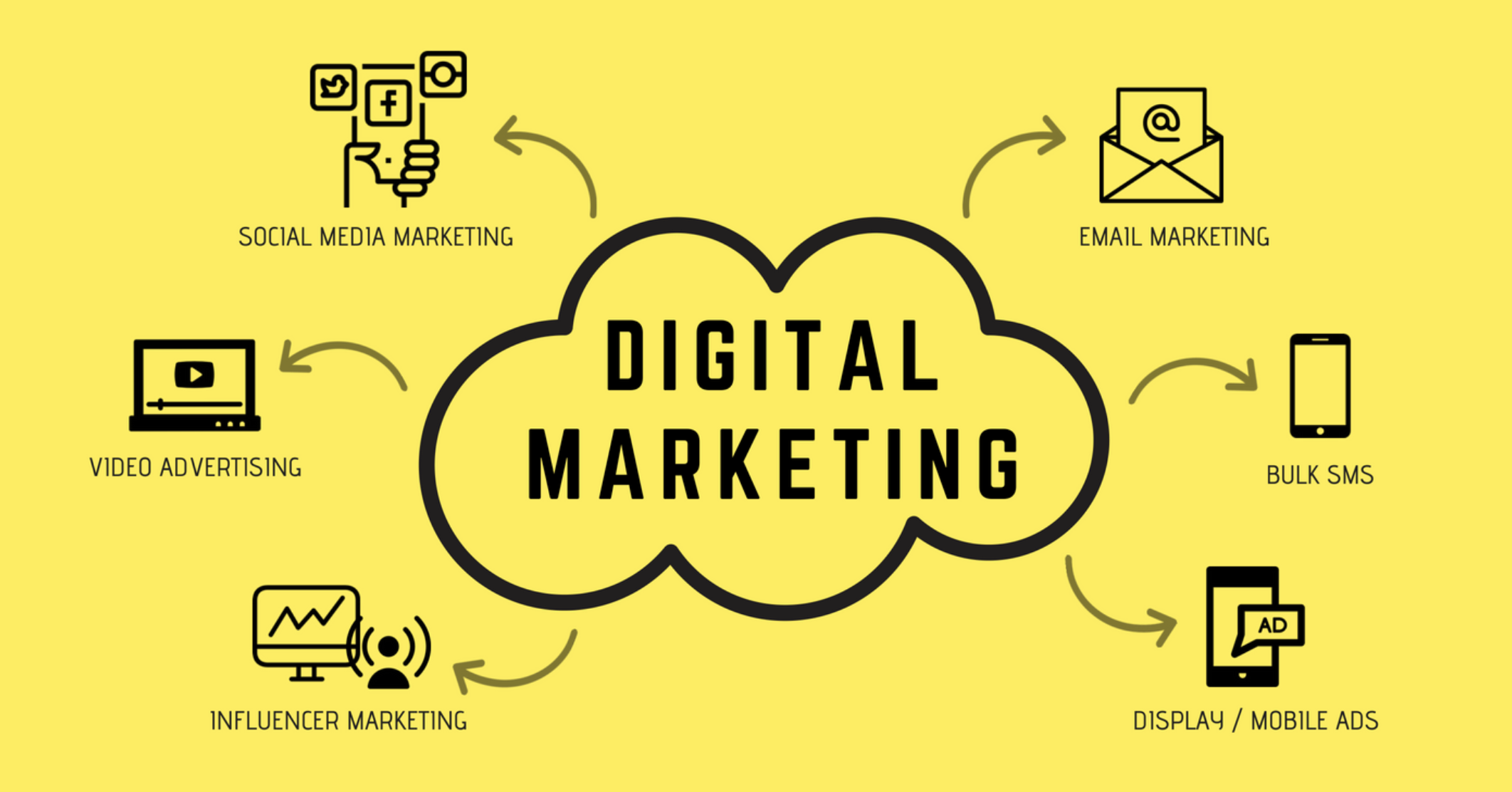In the fast-paced world of online content, getting your blog post to rank on Google is a crucial aspect of driving traffic and increasing visibility. Search Engine Optimization (SEO) plays a pivotal role in determining the success of your content. In this blog post, we’ll explore five proven strategies to enhance your blog’s SEO and improve its chances higher Ways to Get Your Blog Post Ranking In Google.
Digital Markings In Lucknow | Website Development In Lucknow .
Keyword Research and Implementation:
One of the fundamental pillars of SEO is strategic keyword usage. Conduct thorough research to identify relevant keywords for your niche. Utilize tools like Google Keyword Planner to find high-traffic keywords with moderate competition. Integrate these keywords naturally into your blog post, ensuring they flow seamlessly within the content.
Create high-quality, well-researched, and informative content that addresses the needs and interests of your target audience. Google values content that provides value to users then deffenitly to Get Your Blog Post Ranking In Google.
On-Page SEO:
- Optimize your blog post for search engines by implementing on-page SEO techniques, including:
- Using the target keyword in the title, Meta description, and headings (H1, H2, H3).
- Crafting a compelling Meta description that encourages click-through.
- Using alt text for images with descriptive keywords.
- Creating a logical and user-friendly URL structure.
- Internal linking to other relevant posts on your blog.
- Providing a clear table of contents if the post is long.
Optimize Meta Titles and Descriptions:
Crafting compelling meta titles and descriptions is vital for attracting both search engine crawlers and potential readers. Keep your titles concise, engaging, and inclusive of your target keywords. Aim for meta descriptions that succinctly summarize the content while encouraging click-throughs. By optimizing these elements, you increase the likelihood of your blog post standing out in search engine results.
Create High-Quality, Engaging Content:
Google’s algorithms prioritize content that is valuable and relevant to users. Craft blog posts that are informative, well-researched, and provide solutions to readers’ queries. Use a conversational tone, break up content with subheadings, and include multimedia elements such as images and videos to enhance user engagement. Longer-form content often performs well, so aim for a word count that thoroughly covers your topic.
Mobile-Friendly Design:
With an increasing number of users accessing the internet via mobile devices, Google gives preference to mobile-friendly websites. Ensure your blog is optimized for mobile viewing by using responsive design elements. Test your site’s mobile compatibility regularly and make adjustments as needed. A seamless mobile experience not only pleases users but also positively impacts your search engine rankings.
Build Quality Backlinks:
Backlinks remain a powerful factor in determining a website’s authority. Cultivate a strong backlink profile by engaging in ethical link-building practices. Reach out to reputable websites in your industry for guest posting opportunities, participate in online forums, and share your content on social media platforms. Quality backlinks from authoritative sources signal to Google that your content is trustworthy and valuable.
Conclusion:
Achieving a high ranking on Google requires a multifaceted approach that combines strategic keyword usage, optimized meta elements, high-quality content, mobile-friendly design, and a robust backlink strategy. By implementing these proven SEO strategies, you’ll enhance your blog’s visibility, attract a broader audience, and ultimately improve its ranking on the world’s most popular search engine. Keep refining your SEO tactics to stay ahead in the competitive online landscape.






